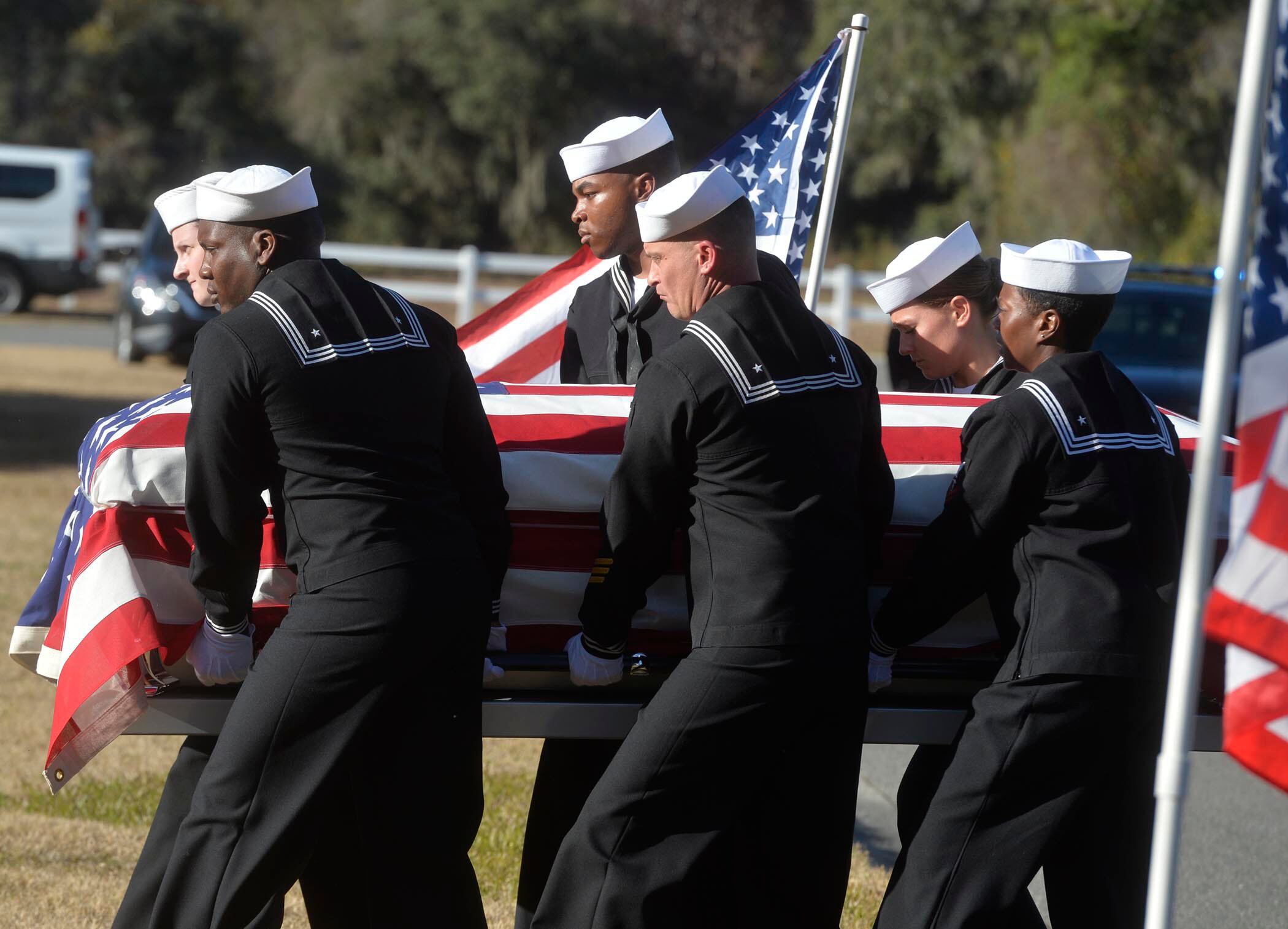At about 6:40 a.m. on Dec. 6, 2019, 2nd Lt. Mohammad Saeed Al-Shamrani, an international flight student from Saudi Arabia, entered the Naval Aviation Schools Command building on Naval Air Station Pensacola, Florida.
He had a Glock-45 9-millimeter handgun and multiple extended-capacity clips with him.
Three minutes later, the 21-year-old walked onto the quarterdeck and killed two sailors standing watch there.
For the next nine minutes, Al-Shamrani moved throughout the building, killing a third sailor and injuring five more military and civilian personnel.
Twelve minutes after he had entered the building, security forces entered the quarterdeck and engaged Al-Shamrani “in a running gun battle” in which a civilian cop was injured, according to a Navy investigation into the mass shooting released Friday.
Escambia County sheriff’s deputies arrived on scene, and two of them were soon wounded as well.
RELATED
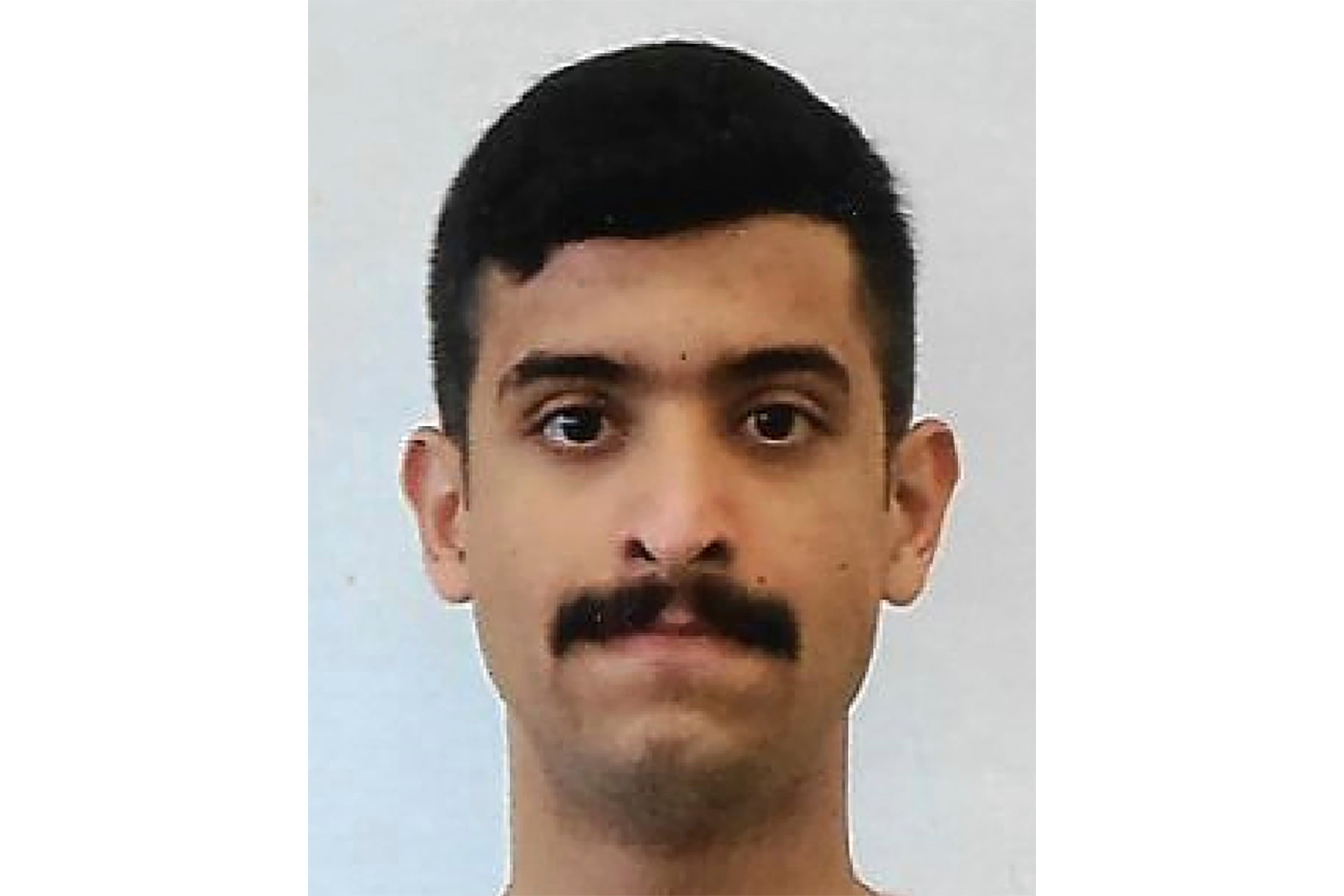
At 6:58 a.m., less than 20 minutes after Al-Shamrani entered the building, the carnage ended when another deputy shot him dead with a rifle.
Ensign Joshua K. Watson, Airman Mohammed S. Haitham and Airman Apprentice Cameron S. Walters were killed in the incident and eight were wounded.
Al-Shamrani’s “self-radicalization” was noted in the FBI’s investigation into the shooting released this spring, and the Navy probe lists that as the primary cause of the attack.
Al-Shamrani had repeatedly communicated with overseas al-Qaida operatives in the months leading up to the attack, and his social media contained ample evidence of his radicalization.
An al-Qaida branch in Yemen released a video in February claiming responsibility for the attack.
The Navy’s investigation, led by Naval Air Force Atlantic commander Rear Adm. John Meier, states that there were several indicators suggesting what Al-Shamrani was capable of before he attacked.
But such disparate indicators of potential trouble only became a web of interconnected red flags in hindsight, after Al-Shamrani opened fire, the report found.
RELATED
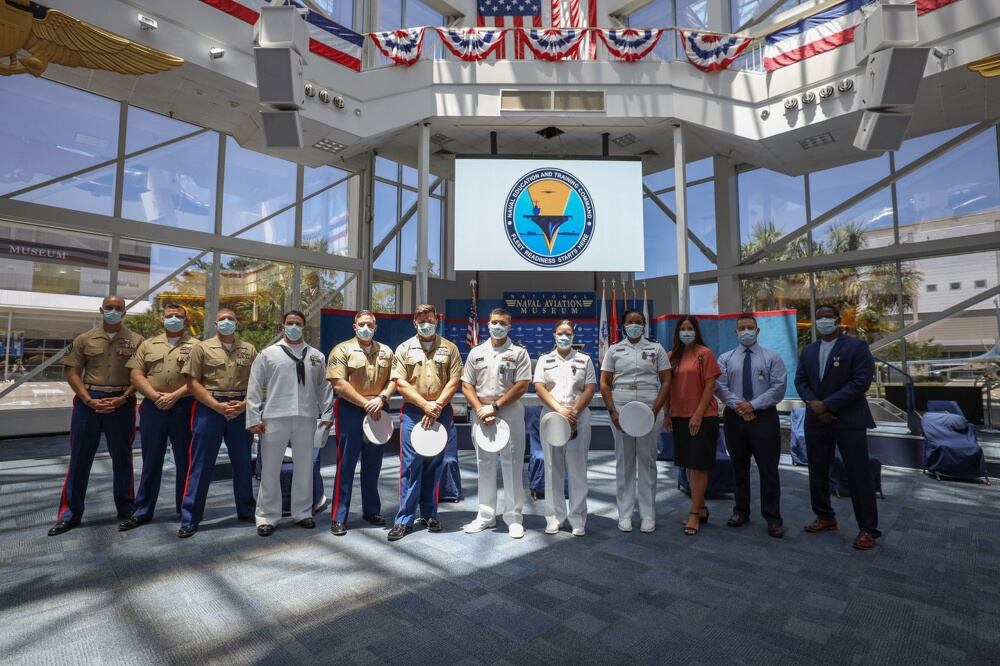
“Military leaders, government employees, contracted employees, peers and civilians knew of isolated events and indicators, but all remained unaware of a complete picture of 2nd Lt. Al-Shamrani’s potential threat indicators,” Meier wrote. “Based upon the information available at the time, no one person or organization knew or could have known 2nd Lt. Al-Shamrani would attack active duty service members and civilians.”
The report, online here, lists several reasons why Al-Shamrani’s “path to radicalization was not recognized and interrupted.”
The junior officer had performed adequately while in the aviation pipeline and he had no disciplinary or performance issues, the report states.
Keeping eyes on Al-Shamrani was made more challenging because he reported to five separate commands over an 18-month period as part of the International Military Student program, limiting commander oversight.
Al-Shamrani was able to legally purchase the Glock he used in the shootings, but military and civilian leadership were unaware of the purchase.
A civilian instructor with Training Wing 6 saw Al-Shamrani apply to purchase a gun that summer, according to the report.
The chain of command was unaware of his radical social media posts or that he had taken unauthorized travel in the United States before he acted.
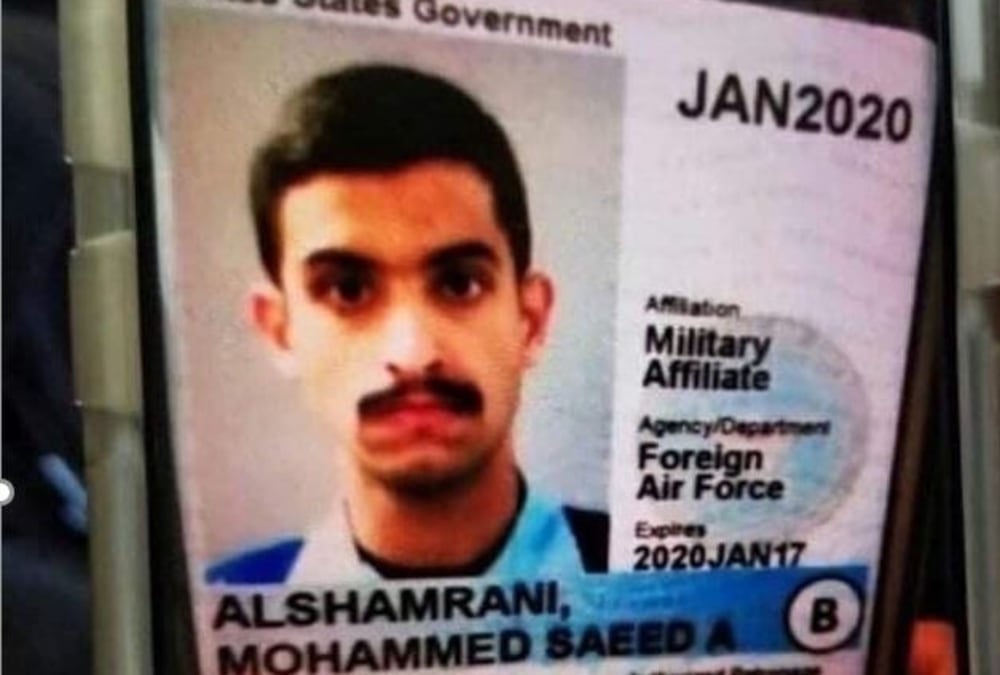
Al-Shamrani had filed an equal opportunity complaint that the Navy closed seven months before the attack, “likely not to the satisfaction of 2nd Lt. Al-Shamrani,” the report states.
That complaint was lodged in April 2019 against a civilian instructor who had called Al-Shamrani “Pornstache.”
There was an adverse climate among international military students assigned to the NASC, and harassment by a Training Wing 6 contractor instructor.
A Saudi superior responsible for good order and discipline had gone home a few months before the shooting, leaving a gapped billet, which may have played a part, as did “isolated, questionable interactions with instructors and international military student officers,” the report found.
“In addition, 2nd Lt. Al-Shamrani likely faced additional personal and professional stressors due to a language barrier, cultural differences, and the rigor of high-risk aviation training and academics,” the report states. “Mitigating these individual risk factors may not have stopped 2nd Lt. Al-Shamrani from evolving into a hostile insider threat, yet they may have lessened his cumulative load of stress, pressure and anger.”
RELATED
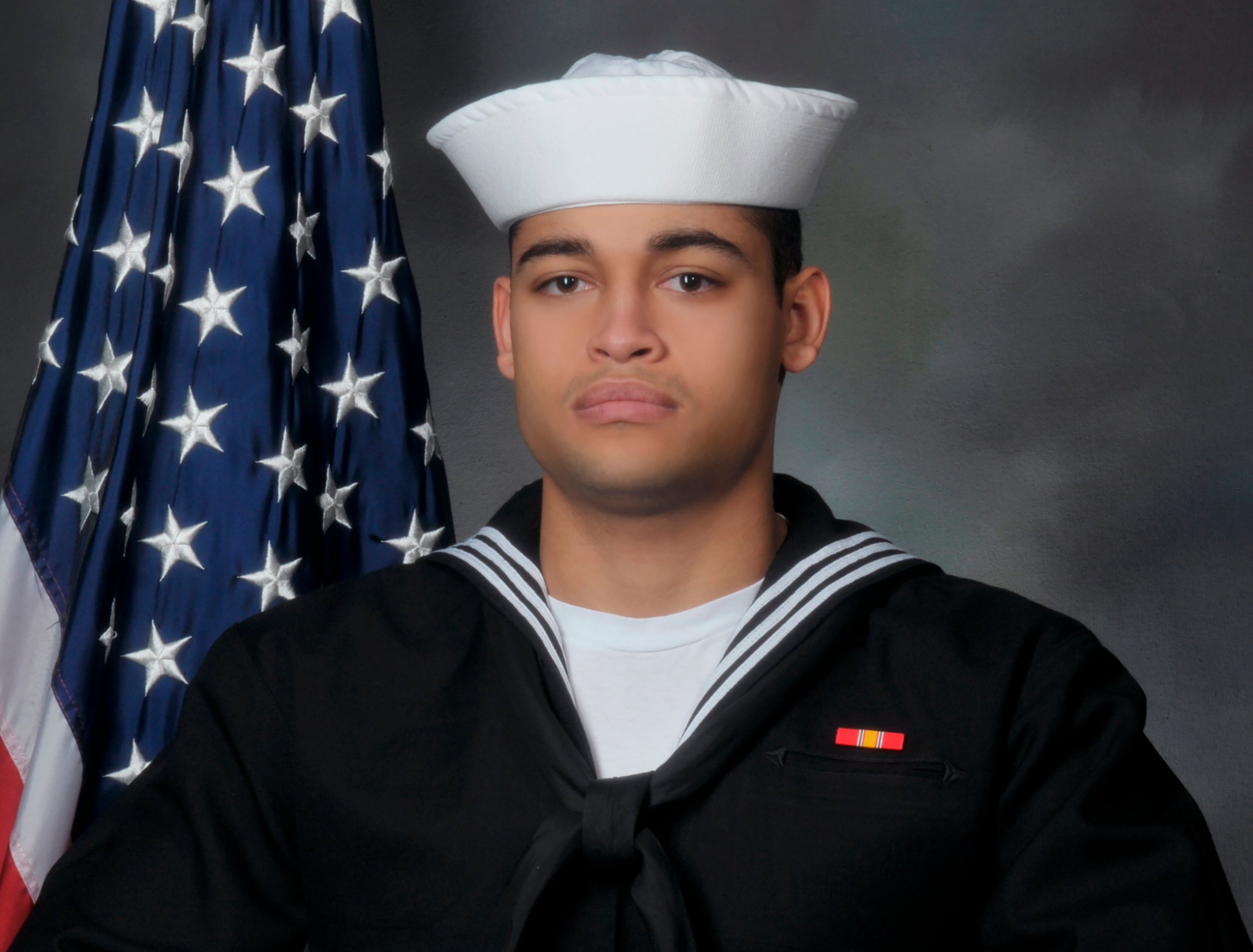
Still, the report notes that such stressors were not unique to him.
“In the absence of proactive leadership, positive command climates and personalized risk management, they may also apply equally to our own Sailors and civilian personnel,” the report states.
While Al-Shamrani’s social media accounts featured “jihadist, anti-U.S. and anti-Israeli rhetoric,” the report states that “current technology is unable to effectively monitor social media.”
The factors that may have played a part in the shooting are being addressed by the Navy’s Security Coordination Board, a working group that is also handling reform recommendations after a junior sailor killed two Pearl Harbor Naval Shipyard workers and himself in December 2019 on the base.
The board will make recommendations for how the Navy can improve security and response to active-shooter situations.
The Pentagon in January mandated enhanced screening, vetting and monitoring of international military students, while also prohibiting them from buying guns or accessing bases on which they have no official duty.
Geoff is the managing editor of Military Times, but he still loves writing stories. He covered Iraq and Afghanistan extensively and was a reporter at the Chicago Tribune. He welcomes any and all kinds of tips at geoffz@militarytimes.com.
